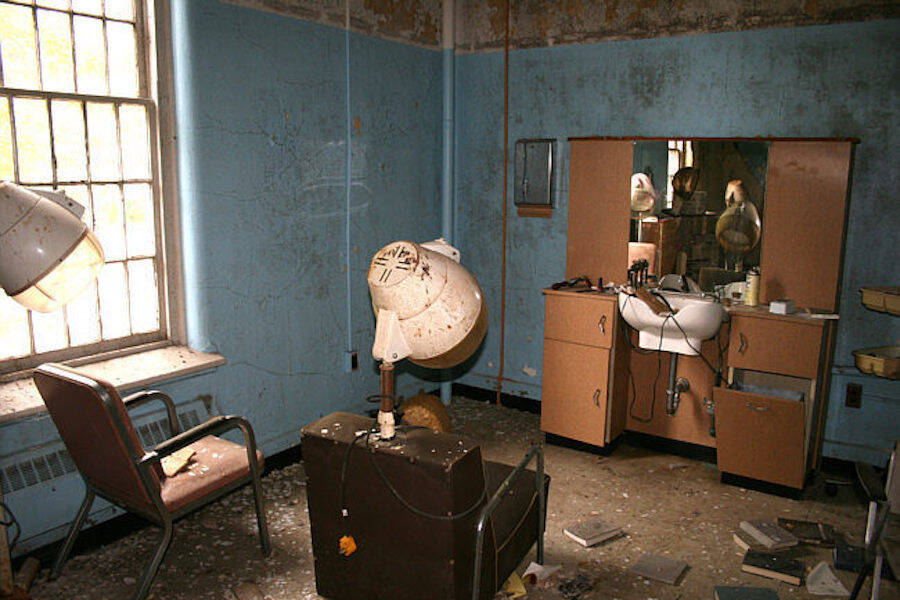
But at least some facilities received even less than a 1-week supply in the first shipment, according to LeadingAge. Late April news reports that the Federal Emergency Management Agency (FEMA) would ship limited PPE to nursing homes was the “first sign in months” that the industry’s pleas were being heard, LeadingAge’s Smith Sloan said in a critical statement.įEMA announced it would send 2 one-week shipments directly to nursing homes by the end of June. The help that has since come has been too little, too late.

Facilities and staff “have felt abandoned,” Fulmer said.

Nursing home representatives and researchers alike have observed that the widespread PPE and testing shortages have gotten far too little attention amidst a plethora of negative news coverage.

“Hospitals came first.” In one notable example, the medical director of Canterbury Nursing Home in Virginia said his facility was short on N95 masks during an outbreak that killed 49 people and infected 60% of residents because supplies had been diverted to hospitals. “These constraints not only contributed to outbreaks, they made it difficult if not impossible to control the outbreaks once they occurred,” he said.ĭespite an early understanding that older adults with comorbidities were at greatest risk, “initially, nursing homes were not prioritized,” Laxton said. Christopher Laxton, executive director of the Society for Post-Acute and Long-Term Care Medicine, known as AMDA, agrees. In fact, those shortages may have factored into outbreaks, according to Ghinwa Dumyati, MD, who directs communicable disease surveillance and prevention at the University of Rochester Medical Center in New York. The figures illustrate the lethal mix of a highly contagious new virus older, vulnerable residents who usually require intimate, close care an industry with long-standing shortcomings, especially around infection control procedures and the ubiquitous shortage of PPE and testing. And in 26 states, at least 50% of COVID-19 deaths were in long-term care facilities as of May 28. According to the Kaiser Family Foundation, states reported more than 217 000 COVID-19 cases and almost 44 000 deaths in nursing homes, assisted living, and other aging care facilities by early June, representing at least 40% of total US deaths. The numbers across long-term care were worse. On June 4, the CMS reported almost 154 000 confirmed and suspected COVID-19 cases and almost 32 000 deaths in skilled nursing facilities, with 88% of homes providing data. In a statement, Katie Smith Sloan, president and CEO of LeadingAge, an organization that represents nonprofit nursing homes and other aging services, called the new funds “a start” but said they “will only go so far in addressing providers’ growing financial needs as this pandemic continues.” Although industry leaders welcomed the $50 000 plus $2500 per bed for each facility, they said the funding falls short of actual needs across the long-term care continuum, including assisted living. But without the ability to obtain reliable testing and PPE, she said in an email, “these recommendations are not realistic.”ĭays after the CMS released its guidance, the US Department of Health and Human Services announced $4.9 billion in aid for skilled nursing facilities. Hartford Foundation, which supports evidence-based care for older adults. The new guidance is “urgently needed,” said Terry Fulmer, PhD, RN, president of The John A.

Yet industry experts and representatives warned that these benchmarks will be impossible to meet without federal coordination-largely nonexistent to date-that includes a massive influx of additional funding, supply chain improvements, and manpower. They call for having adequate PPE on hand and regularly testing staff and residents for severe acute respiratory syndrome coronavirus 2 (SARS-CoV-2) before ending lockdowns. The May 18 recommendations from the Centers for Medicare & Medicaid Services (CMS) aim to direct state and local officials in relaxing restrictions for the nation’s more than 15 000 nursing homes, whose 1.3 million residents are locked down without visitors, communal meals, or group activities. Shared Decision Making and Communication.Scientific Discovery and the Future of Medicine.Health Care Economics, Insurance, Payment.Clinical Implications of Basic Neuroscience.Challenges in Clinical Electrocardiography.


 0 kommentar(er)
0 kommentar(er)
